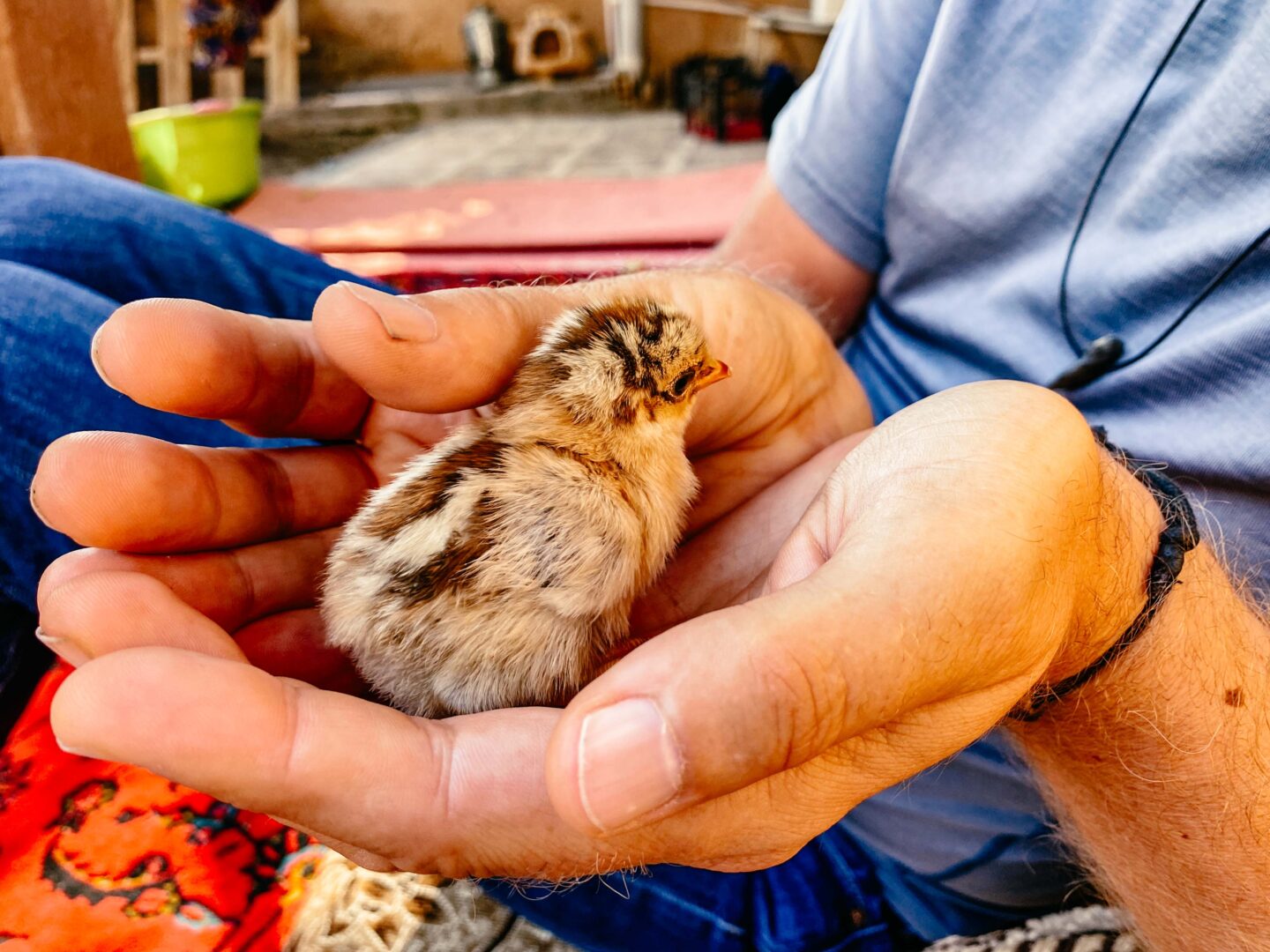
We reach our next destination in the afternoon heat. The "old stones" of Tschogha Zanbil. Unfortunately, the attraction has just closed and we are more than exhausted.
Never mind, we think. We'll just sleep in the car park and visit the site in the morning. But no way, it's a UNESCO World Heritage Site and of course it's forbidden to spend the night on the site.
Oh dear, it would have been so nice and quiet here.
So we drive back to the first village we come to and find a much better place to sleep. With Ali and his family. Here we get good entertainment, the best Persian food and even tiny chicks to stroke for breakfast.
"We wanted to leave early," I say to Gerd. But he is more fascinated by the chicks and chickens than by the old, 3,000-year-old Middle Islamic residential city. I slowly tidy up, go to pay and hope that my husband can part with the chicks. To be on the safe side, I check all of Felix's compartments so that we don't become a rolling chicken farm. Better safe than sorry.
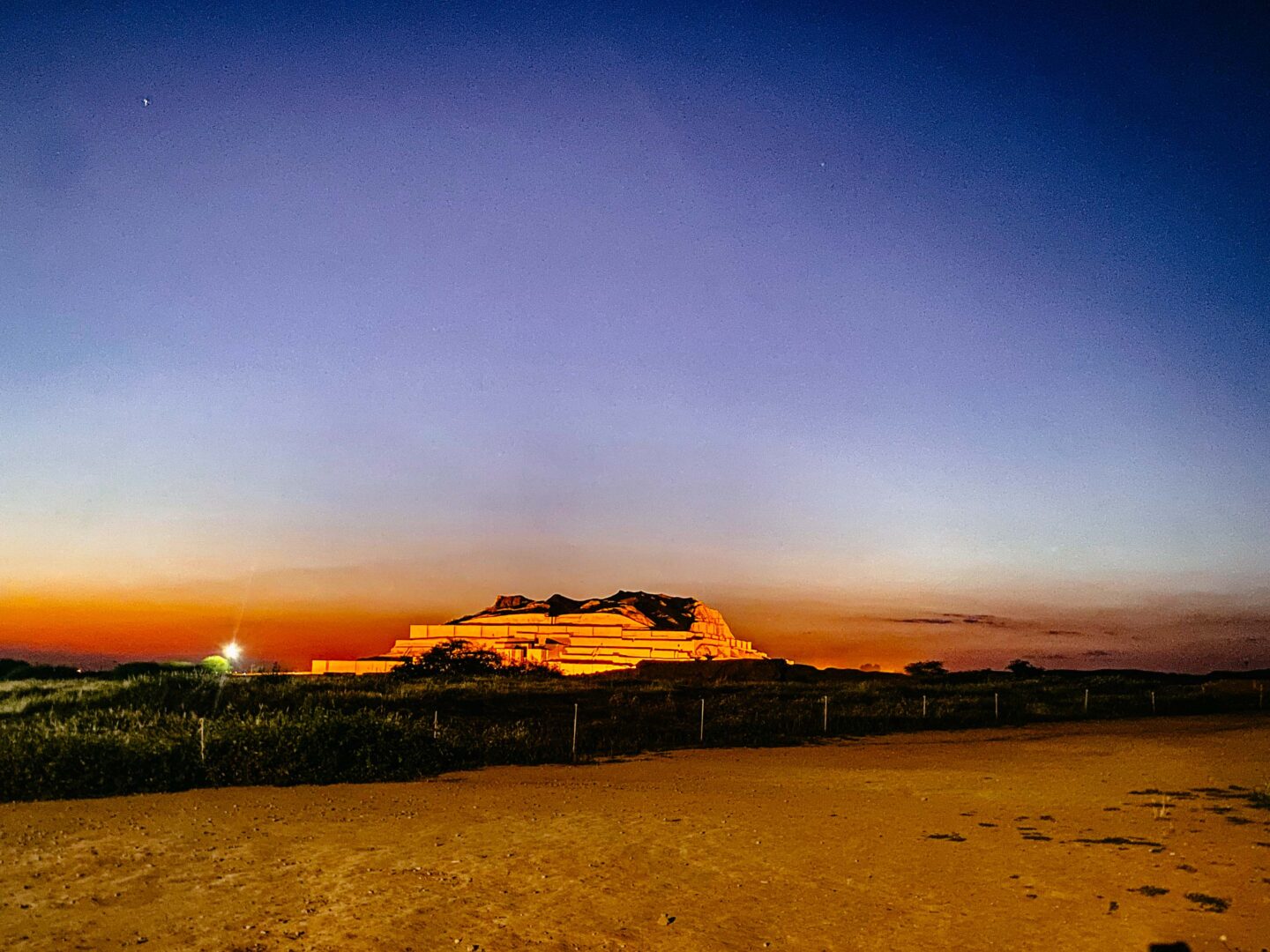
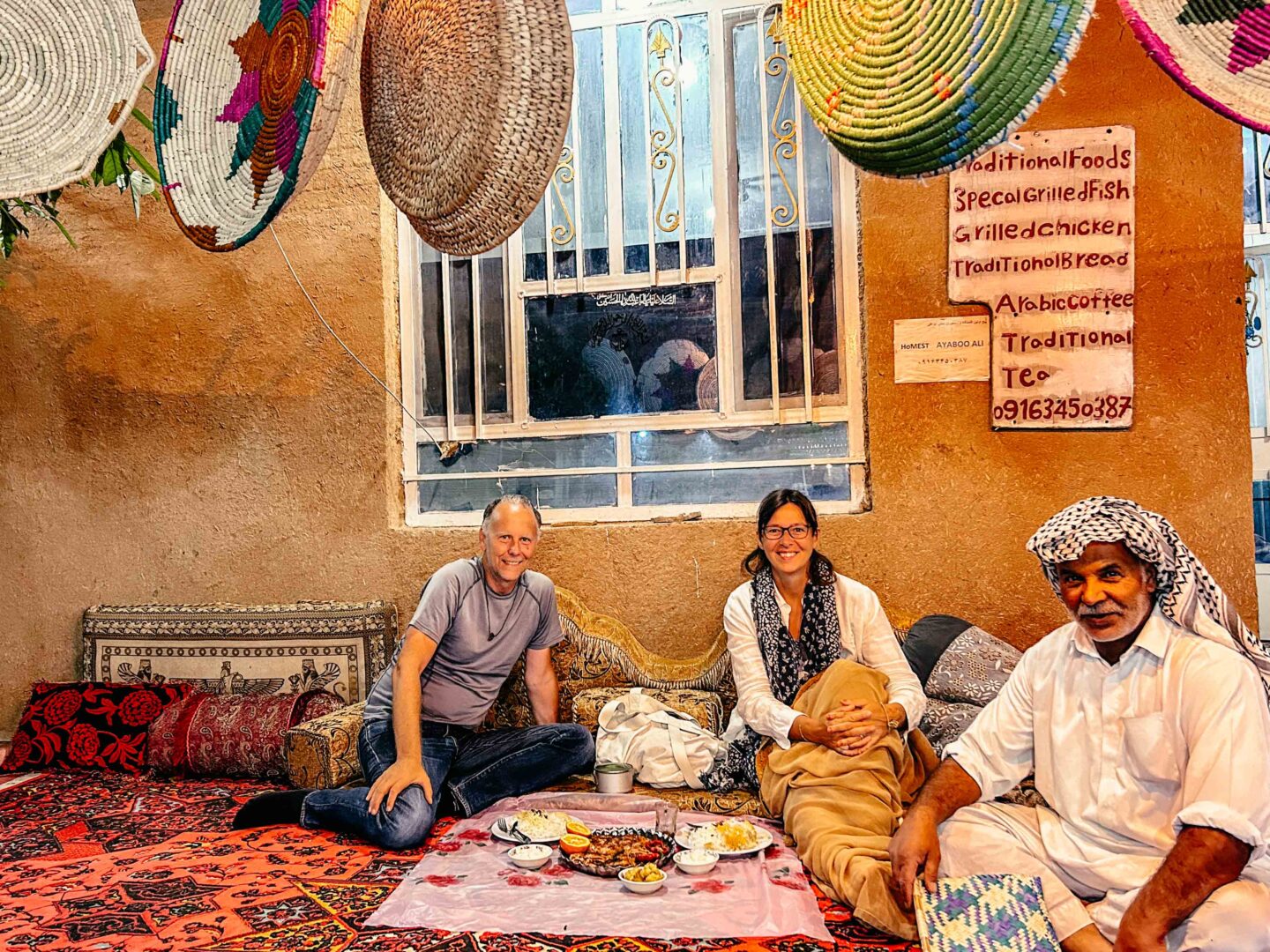
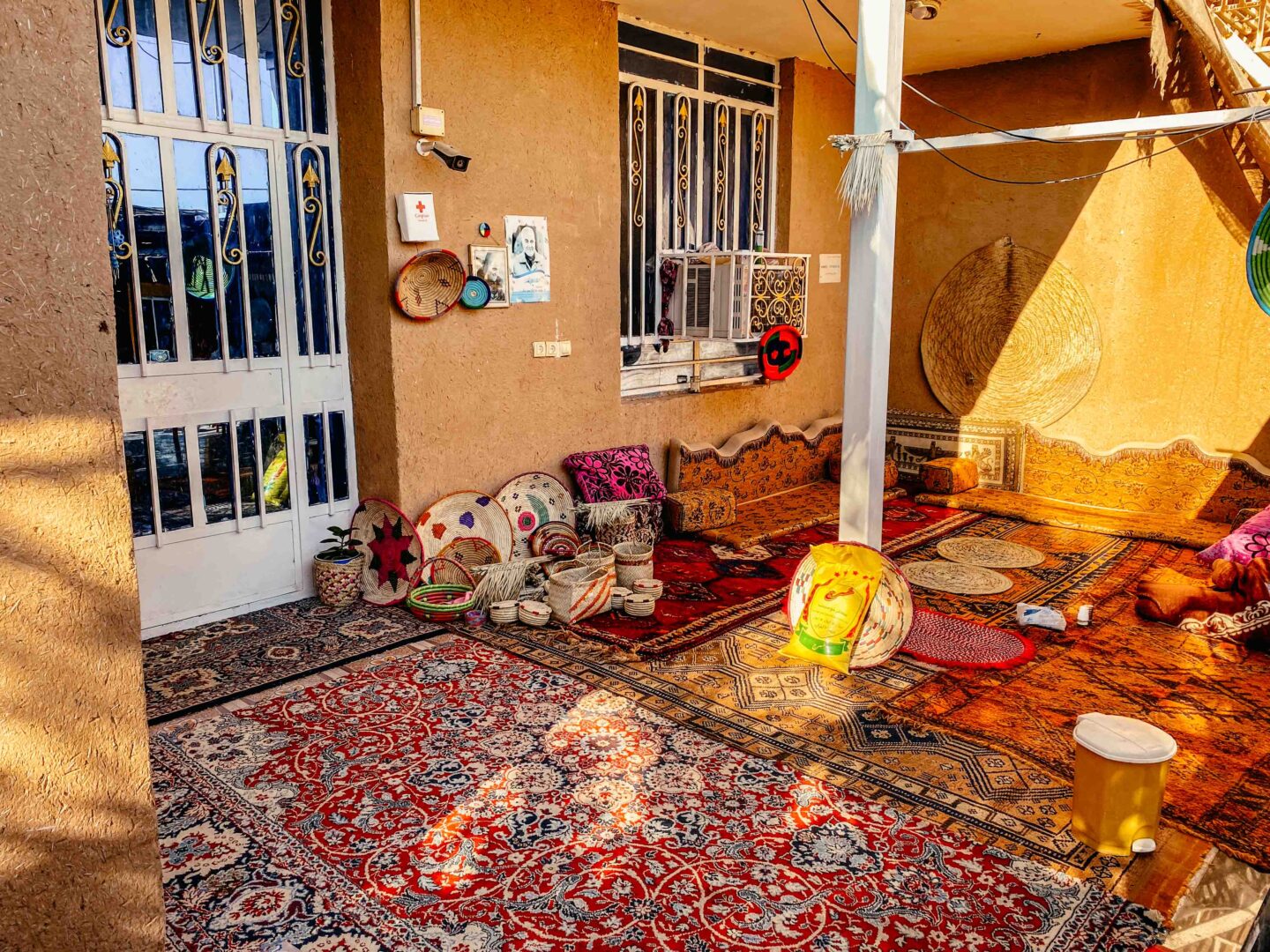
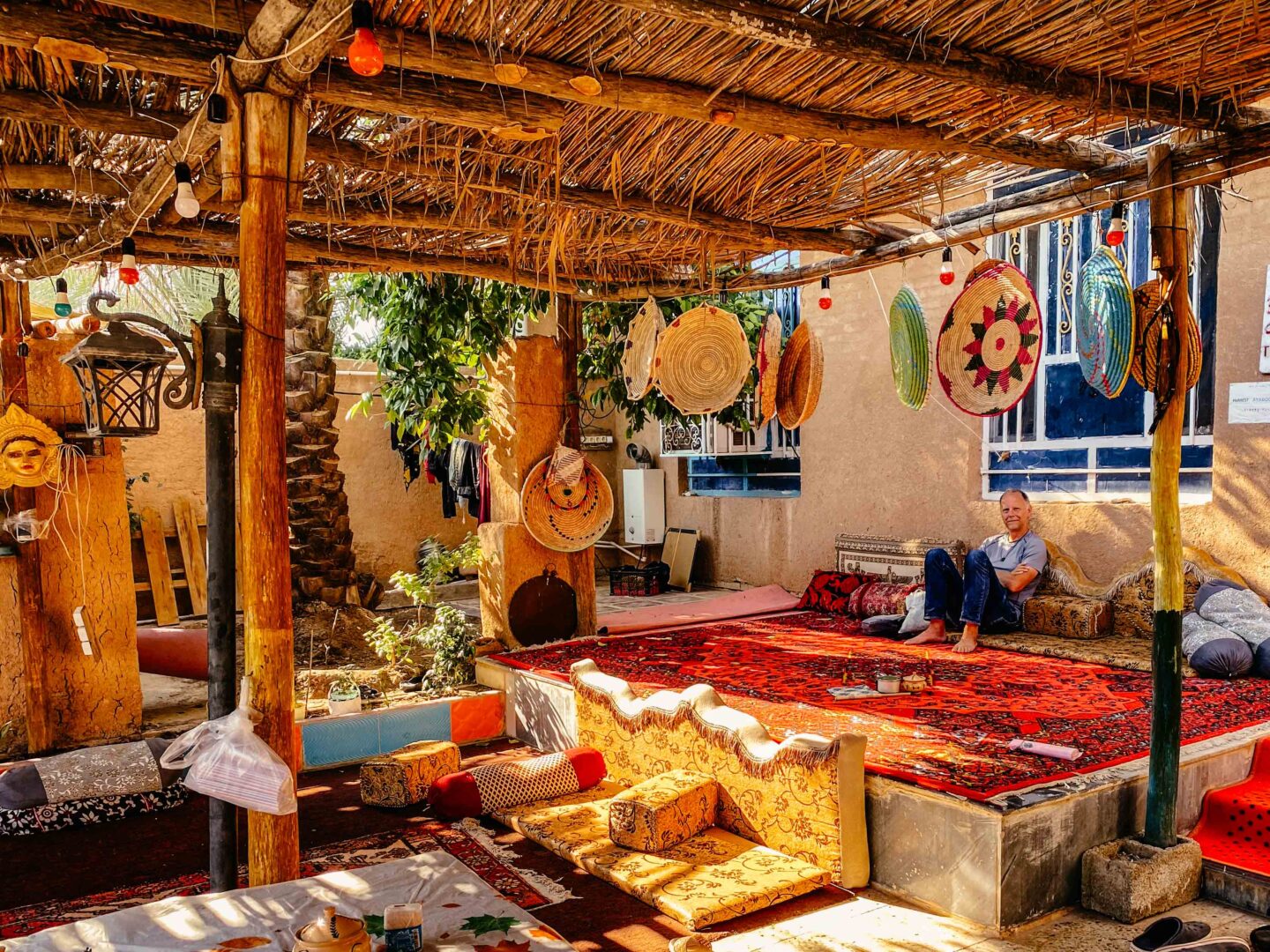
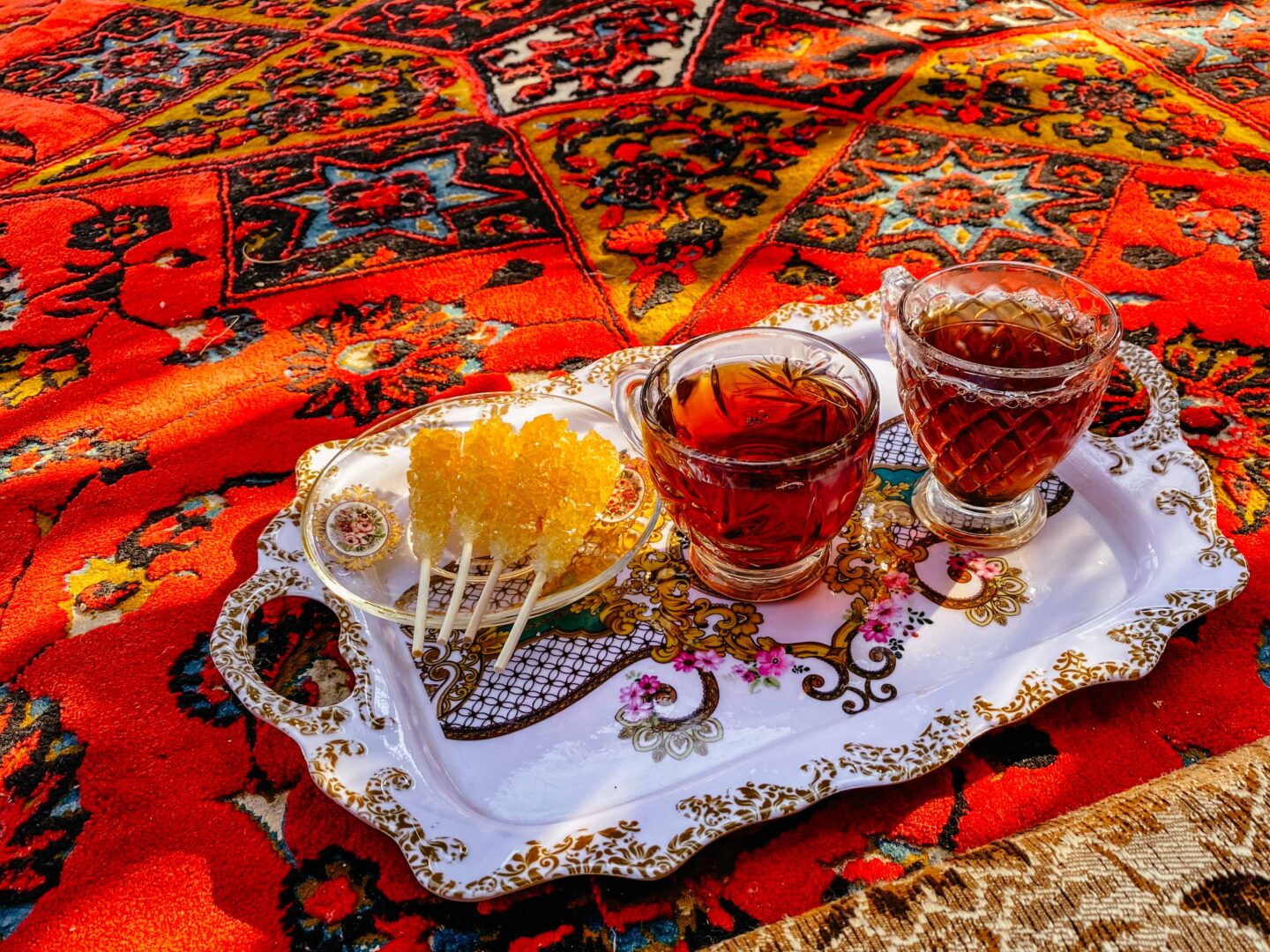
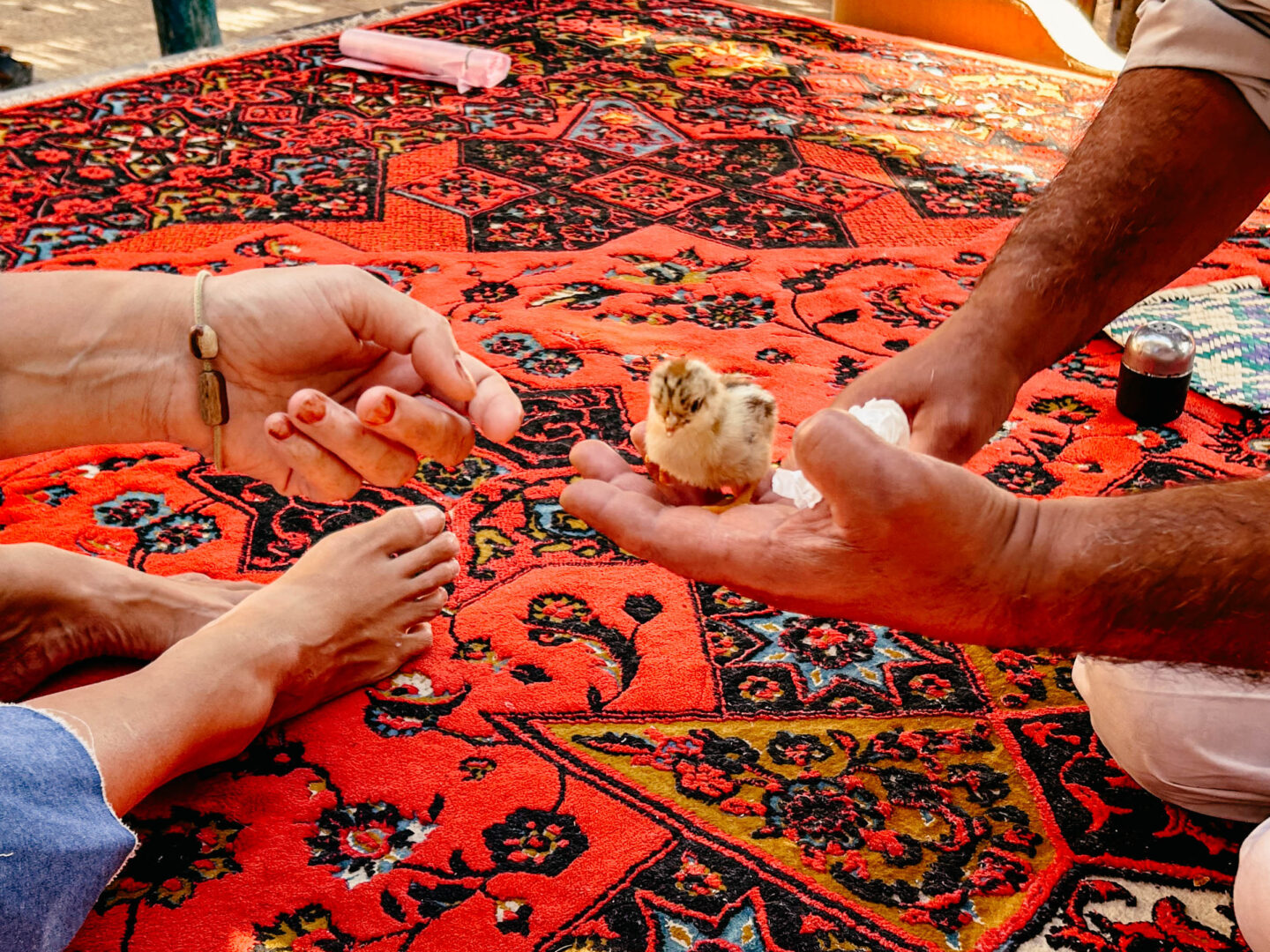

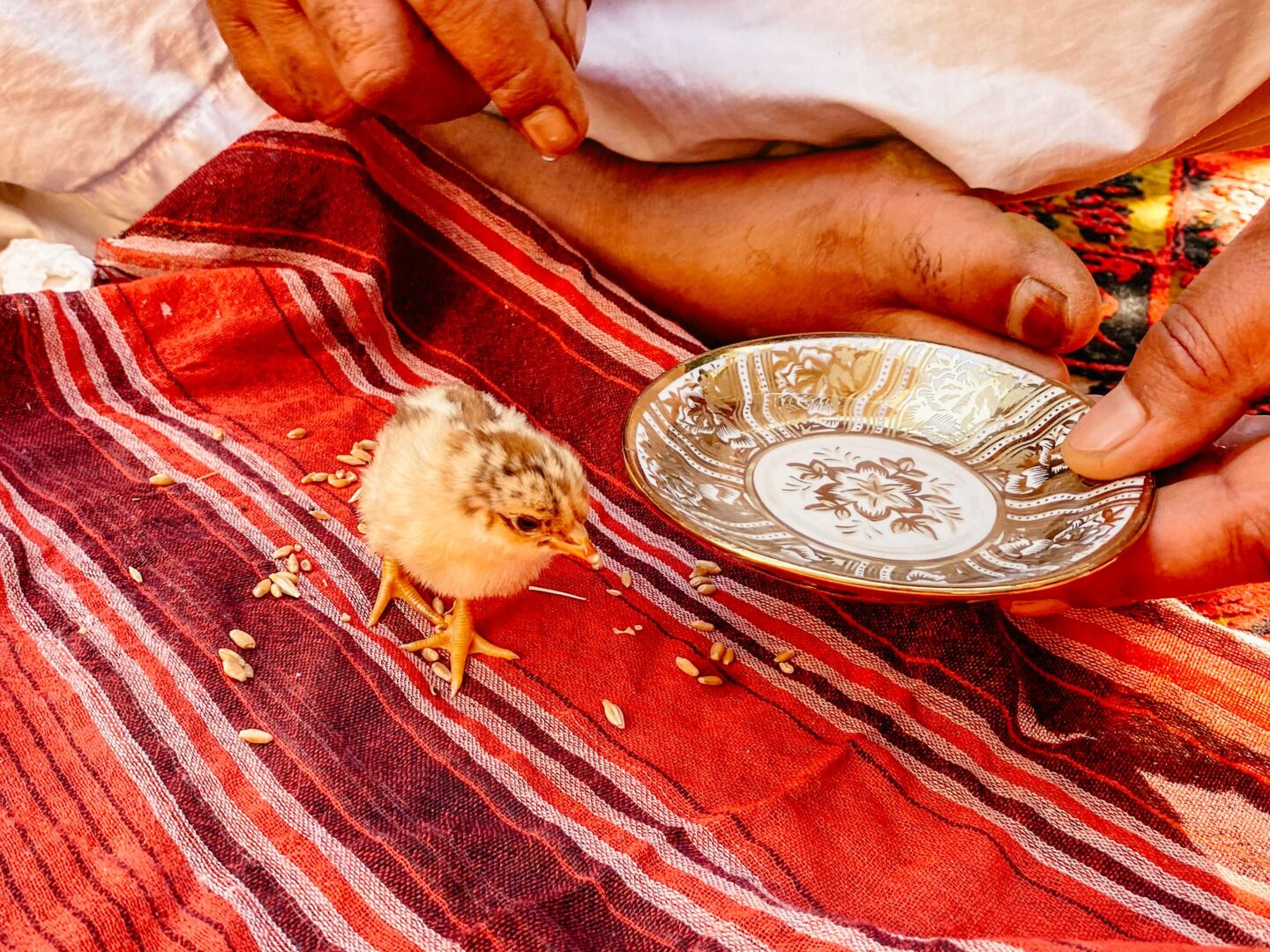
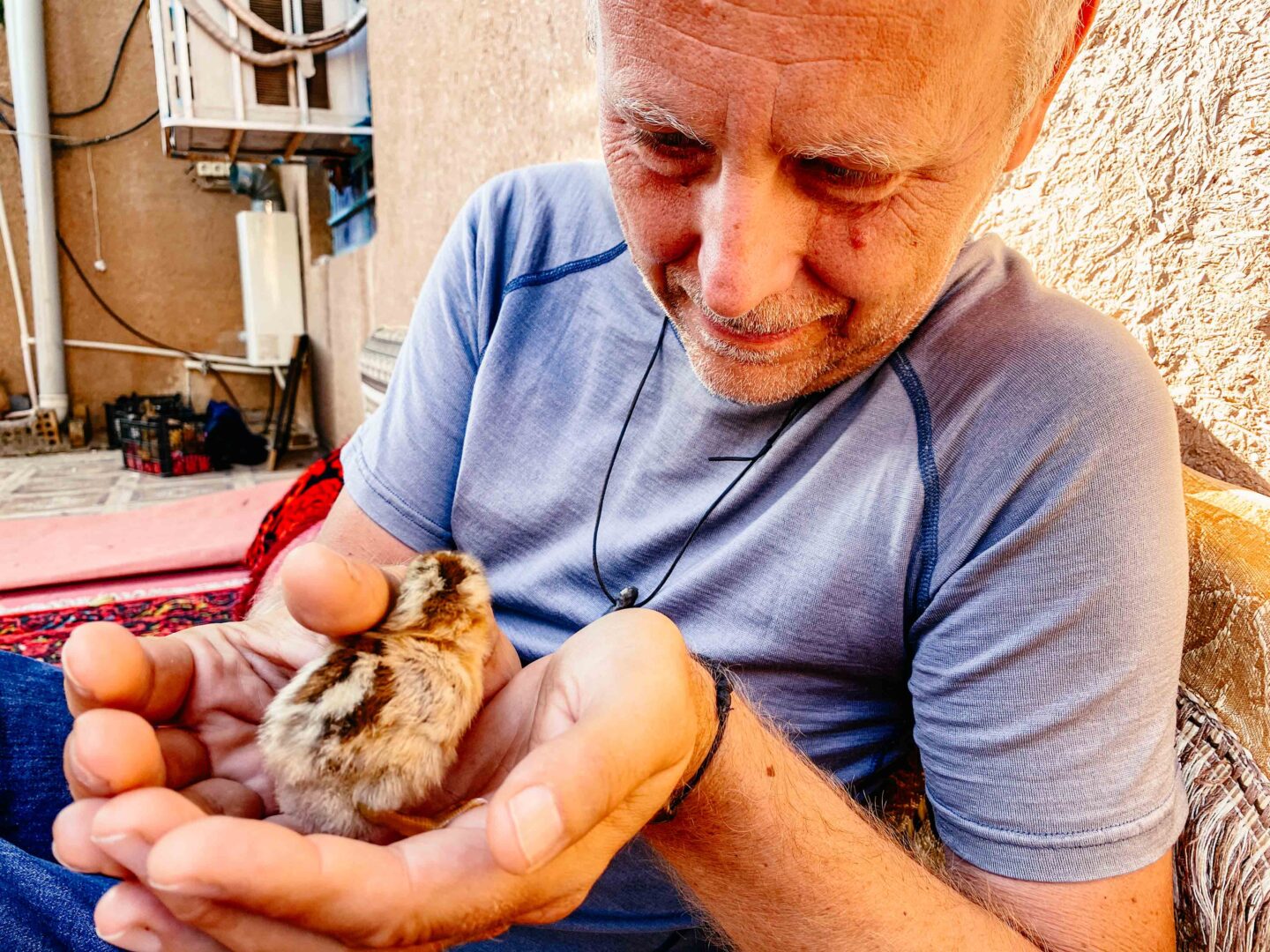
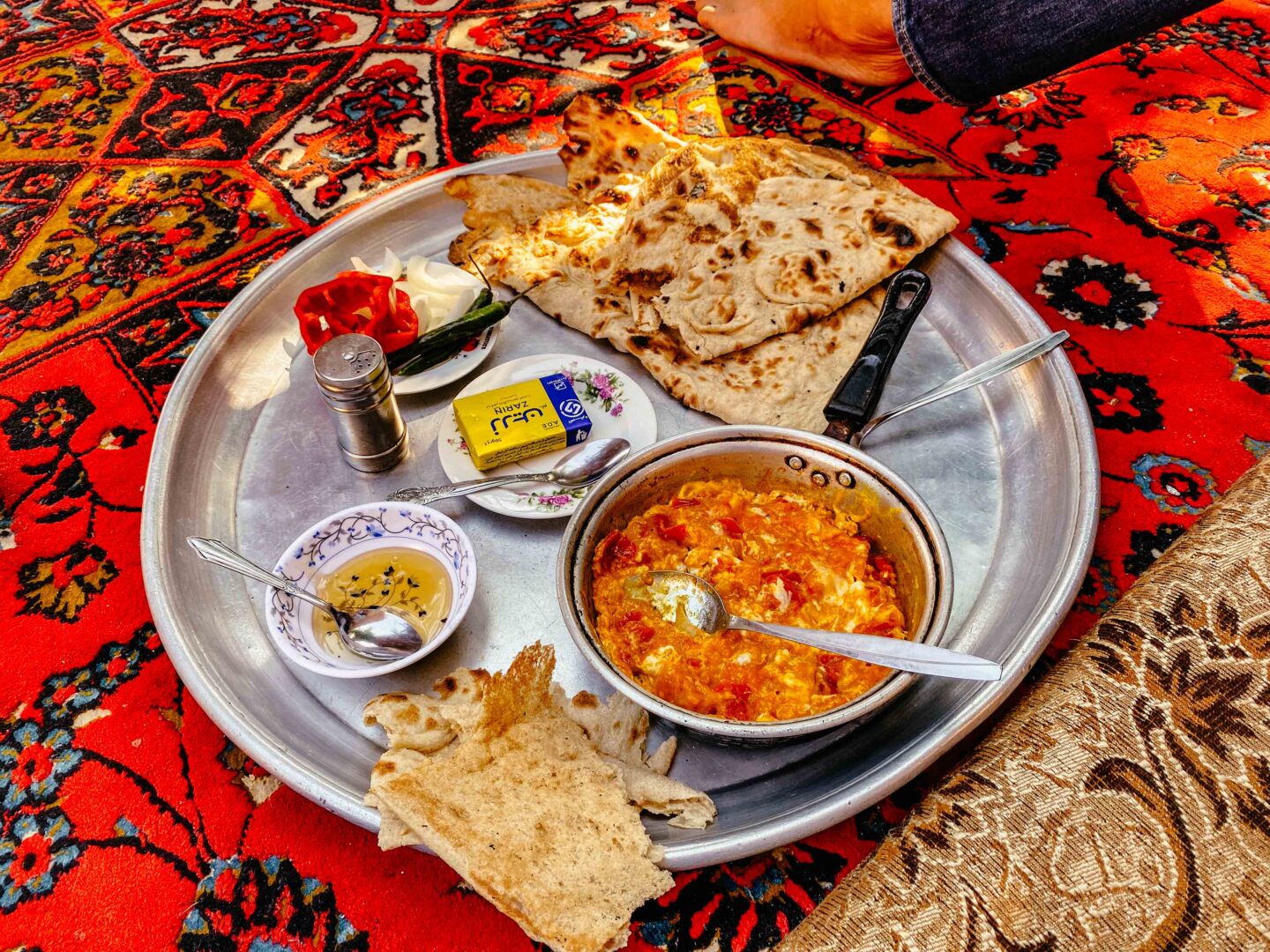
Chogha Zanbil is one of the earliest examples of ziggurat architecture. The history of Chogha Zanbil begins in the 13th century BC, when the Elamite king Untash-Napirisha founded the site. The original name of the complex was Dur Untash, which means "Castle of Untash". The construction of the ziggurat and the surrounding temples was primarily for religious purposes and was dedicated to the god Inshushinak, the patron god of the city of Susa and one of the main gods of the Elamite pantheon. (I had to look that up, you never memorise names anyway).
The ziggurat of Chogha Zanbil is a massive, stepped pyramid that was originally five storeys high, of which about two and a half remain today. It was built from burnt bricks, many of which have cuneiform inscriptions that (for the more knowledgeable among us) seem to shed light on the history and significance of the site.
Incidentally, the archaeological site was discovered during exploratory flights for oil deposits. Then there was no more oil here, then came the French archaeologists, then UNESCO. And today: us.
We don't really have any idea what is important in excavations, what must be preserved and what can be renewed: but for my taste, too much has been rebuilt here with modern stones. Somehow we are more into "real old stones".
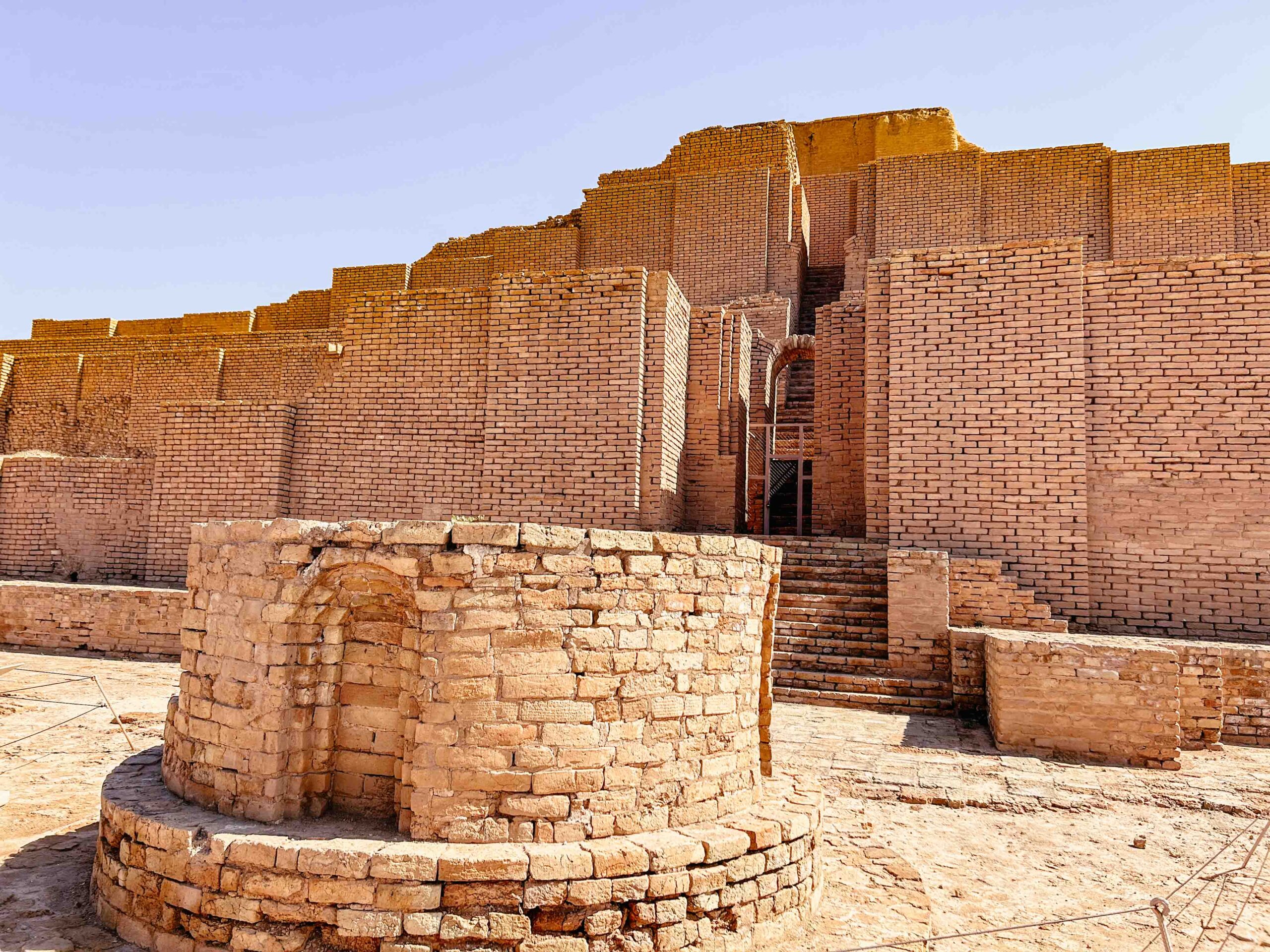
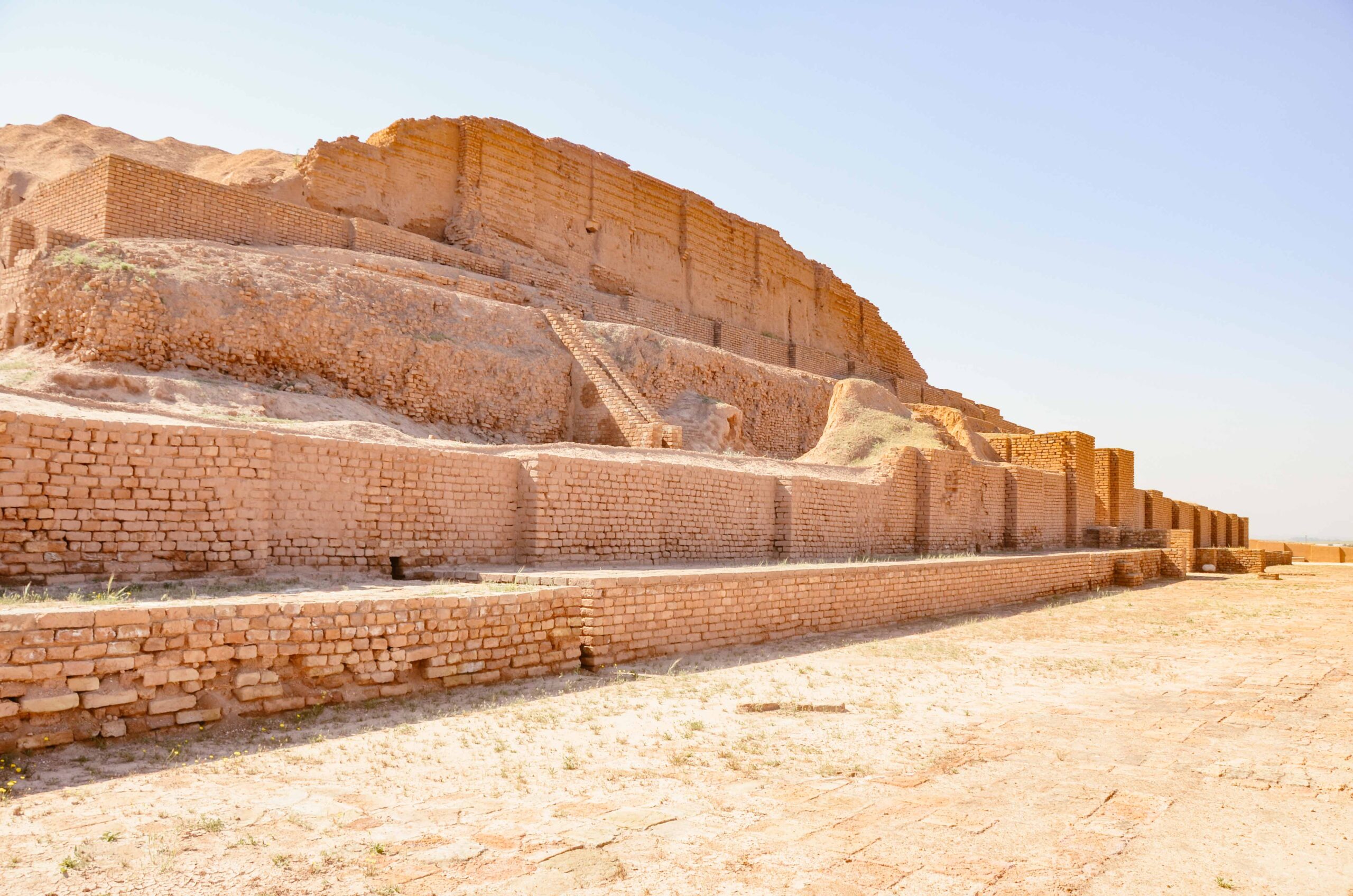
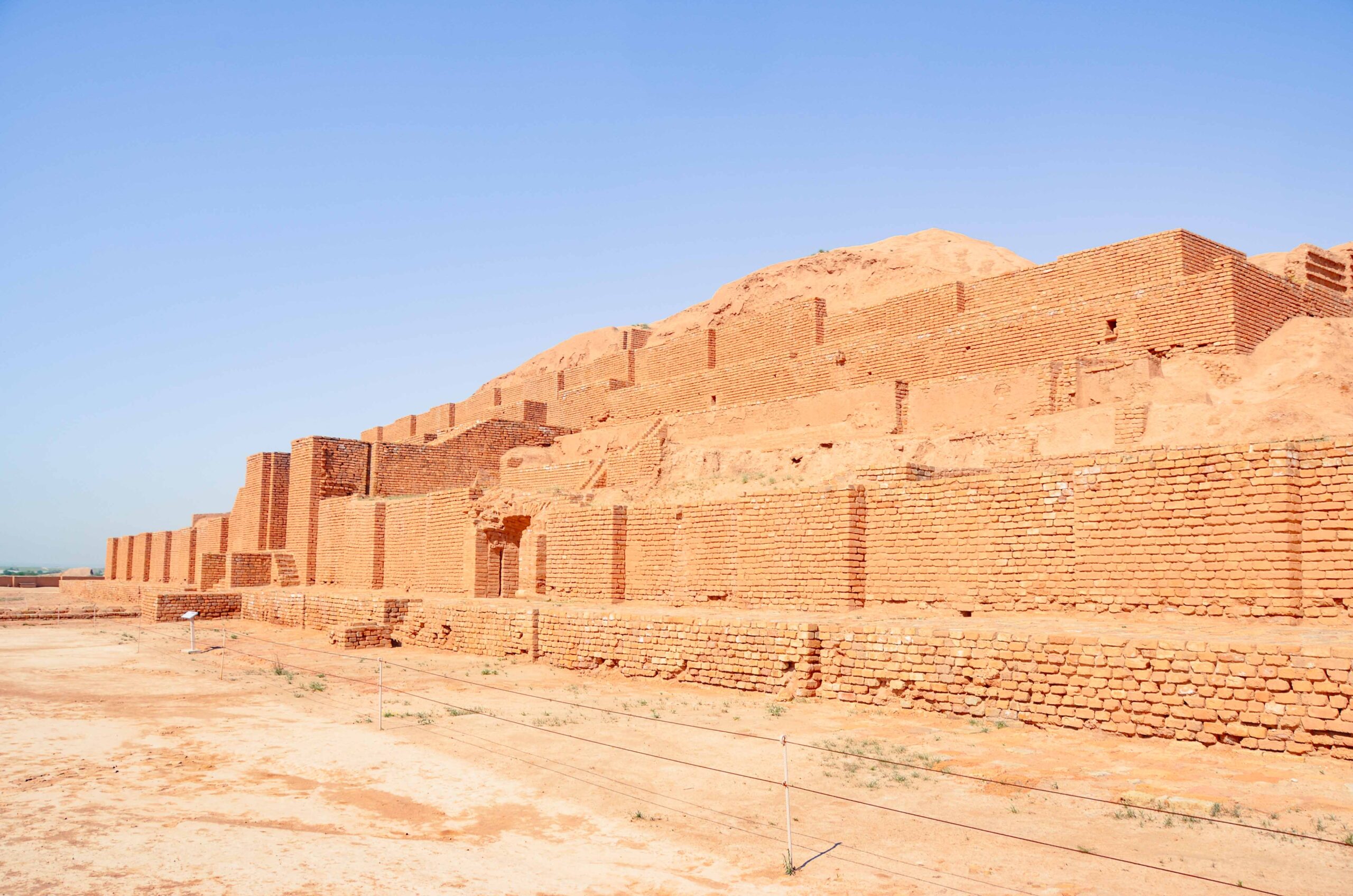
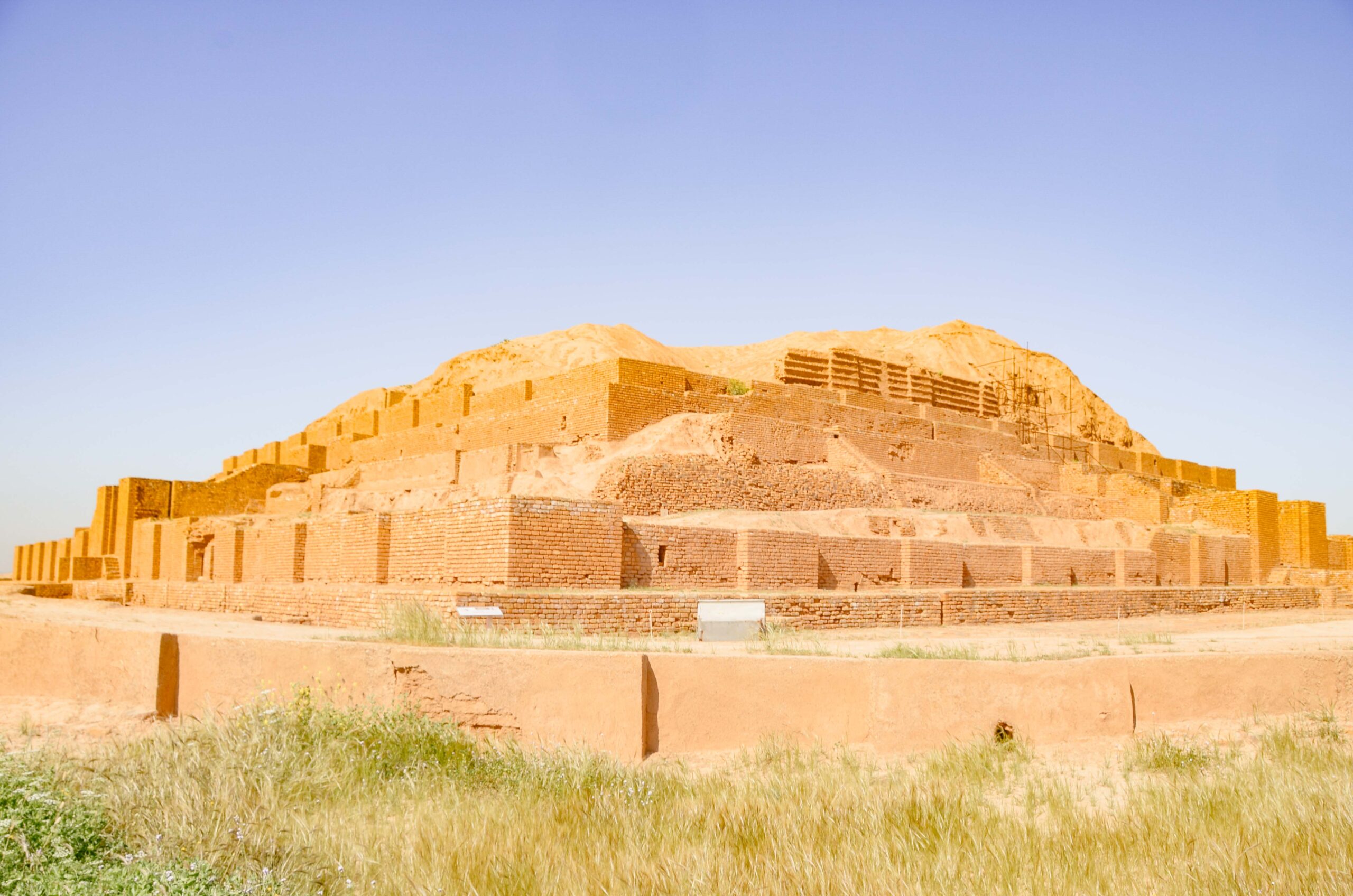
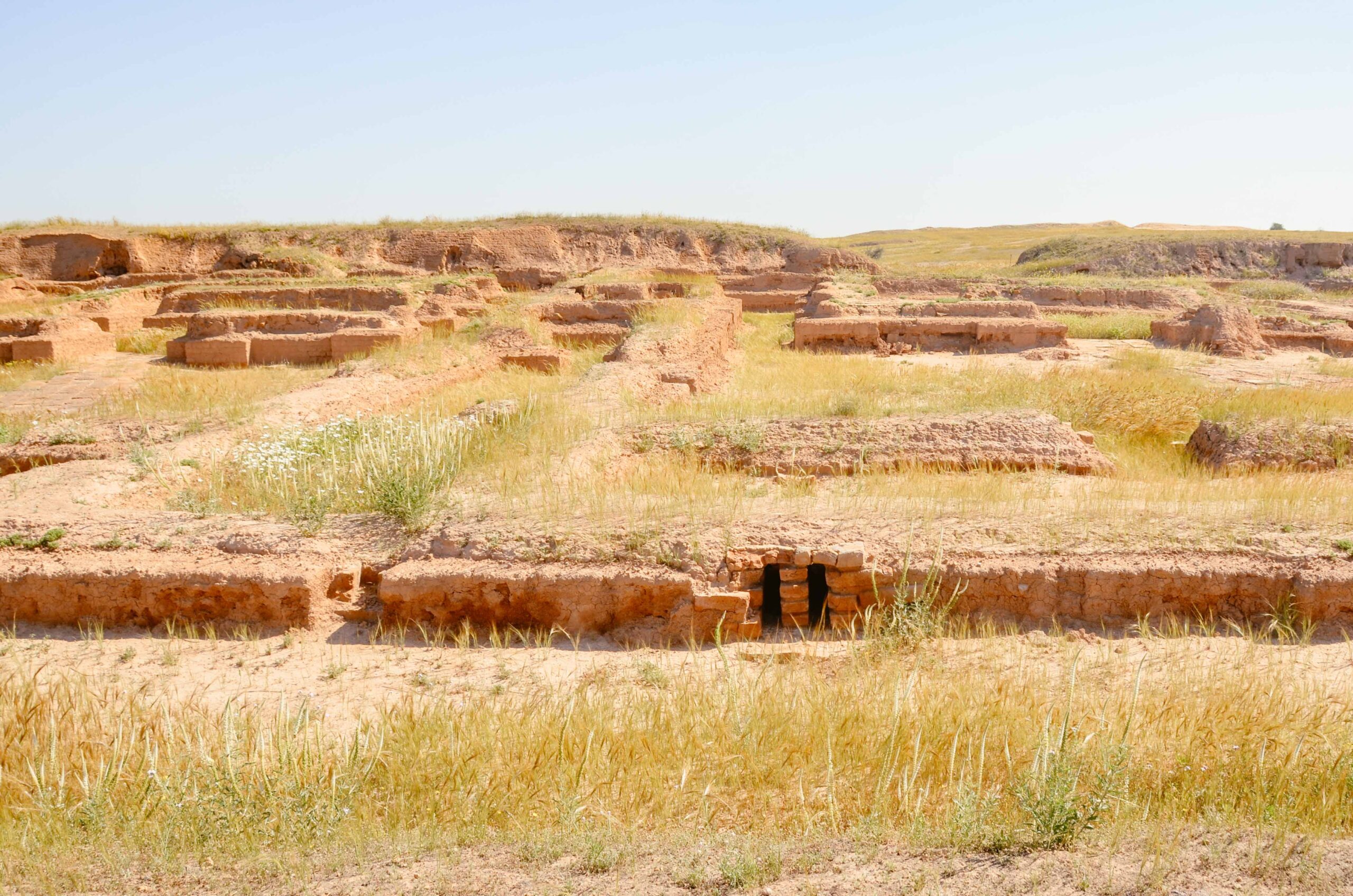
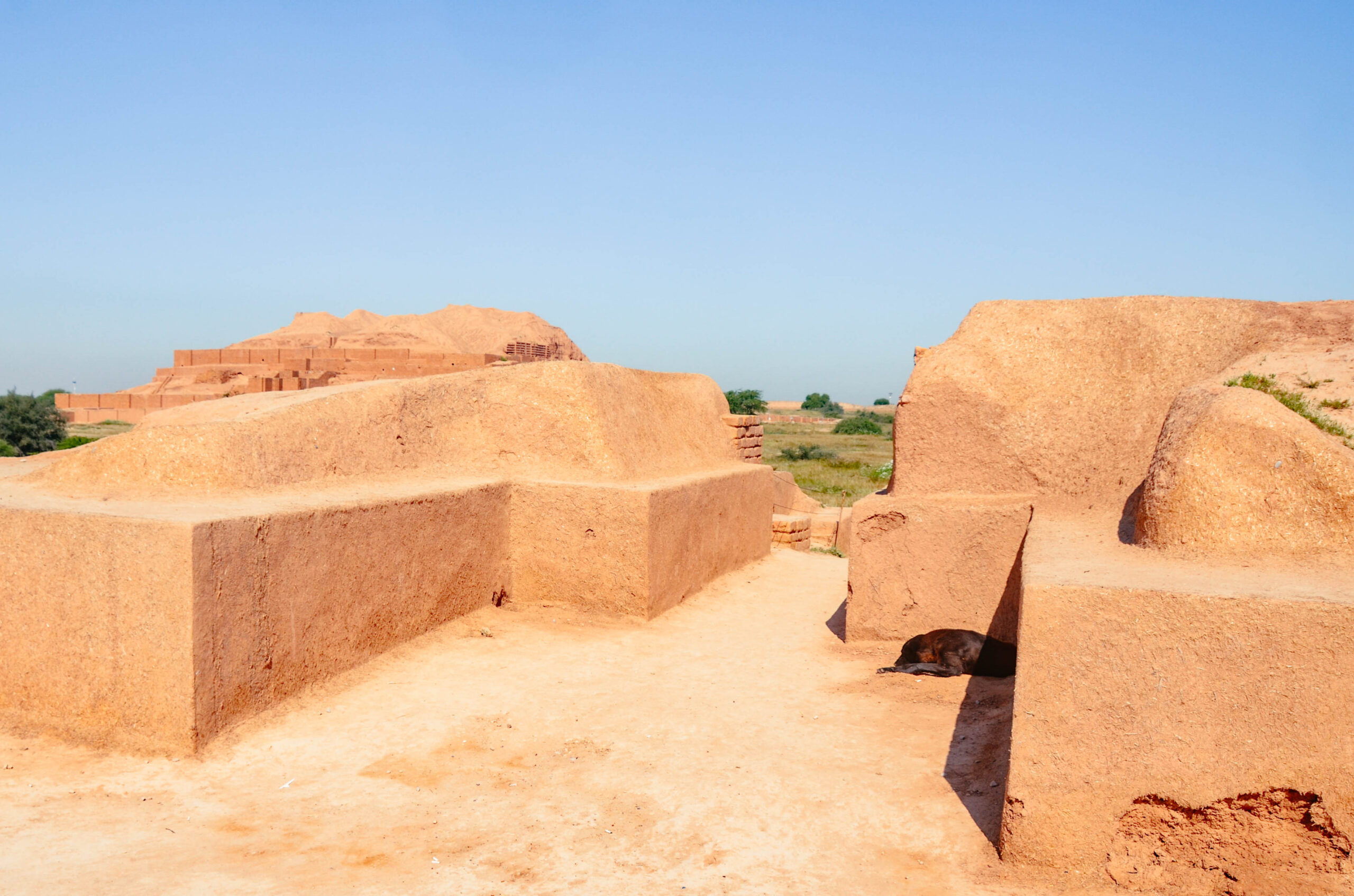
Merci for "travelling with us
Our first lectures in Switzerland are planned. Others in Germany could follow. We'll see. We would love to take you into the Persian world somewhere in western Germany and also in the Berlin area. We are still looking for venues. If you know anything, please write to us.

Lecture & Persian tea time Camels, cultures & many contrasts Life-pure travelling with the camper through mysterious Persia
Two dates:21.06.24 or 28.06.24; 7 pm Muri/Bern 21 or 28 June 2024 - start 7 pm, doors open at 6:45 pm RoomZoom - Thunstrasse 162 - 3074 Muri b. Bern
We are happy about 20 CHF per person. Kids are free of charge.Please register by e-mail: andrea.kormann@dakor.ch
Do you think our travel experiences might be of interest to others? Then you can share the Share post quietly. By e-mail or however you want to do it.
In addition, if you haven't already done so, you can use our Newsletter subscribe. Here you will receive all our experiences in your mailbox whenever we publish something new or once a week on Fridays: live-pur.ch/newsletter
We are also very happy to hear your views, your tips or your questions. Just comment on the post!